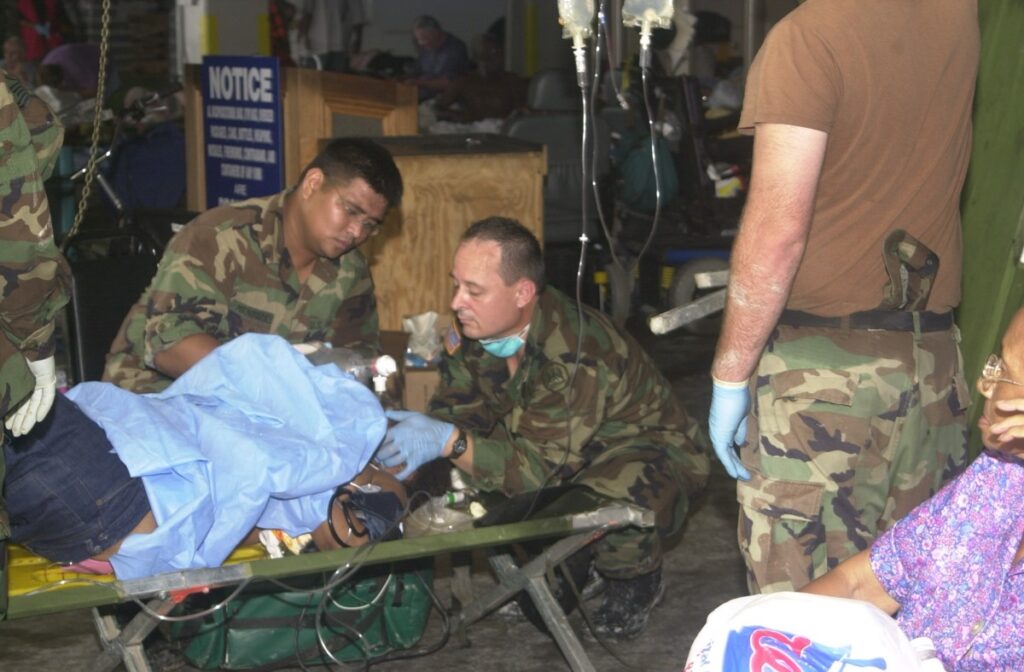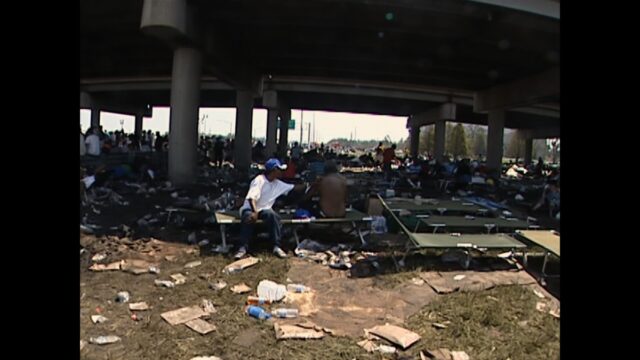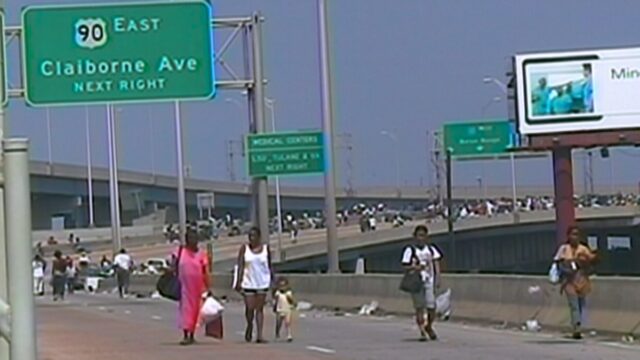“There were significant oversights in their geotechnical analysis when constructing the levees,” he remarked. “Some levees were built on sandy soil with shallow foundations, allowing water to flow underneath and erode them. Others were constructed with earthen materials, also with minimal footings, leading to their collapse. For instance, the entire levee system on the 17th Street Canal slid 200 feet.”
Additionally, the local environment underwent substantial changes since Hurricane Betsy. Historically, the wetlands, particularly the cypress swamps, acted as natural barriers against storm surges. Van Heerden noted that during Hurricane Andrew in 1992, which was a Category 5 storm, healthy wetlands in the Atchafalaya Delta diminished its force by 50% before reaching Morgan City. However, the region’s wetlands have been severely altered due to the dredging of the Mississippi Gulf Outlet, a canal extending from Baton Rouge to the Gulf of Mexico.
“This canal served as a direct pathway for surge waters to enter New Orleans,” said Van Heerden. “Saltwater infiltrated the wetlands, devastating ecosystems, particularly cypress trees. Parts of the canal expanded to five times their original width, creating conditions for larger waves to form. The earthen levees were not reinforced, leading to their failure. Consequently, some areas in St. Bernard were inundated by waves reaching heights of ten feet.”
Efforts to endure
Compounding the situation were substantial budget cuts to FEMA under the administration of then-President George W. Bush, who arrived in office overseeing a department that, according to Van Heerden, had been left “very functional and very well-organized” by his predecessor, Bill Clinton. Further complicating matters, New Orleans Mayor Ray Nagin postponed the mandatory evacuation order until merely 24 hours prior to the storm’s arrival, significantly hindering the ability of residents to evacuate promptly.












